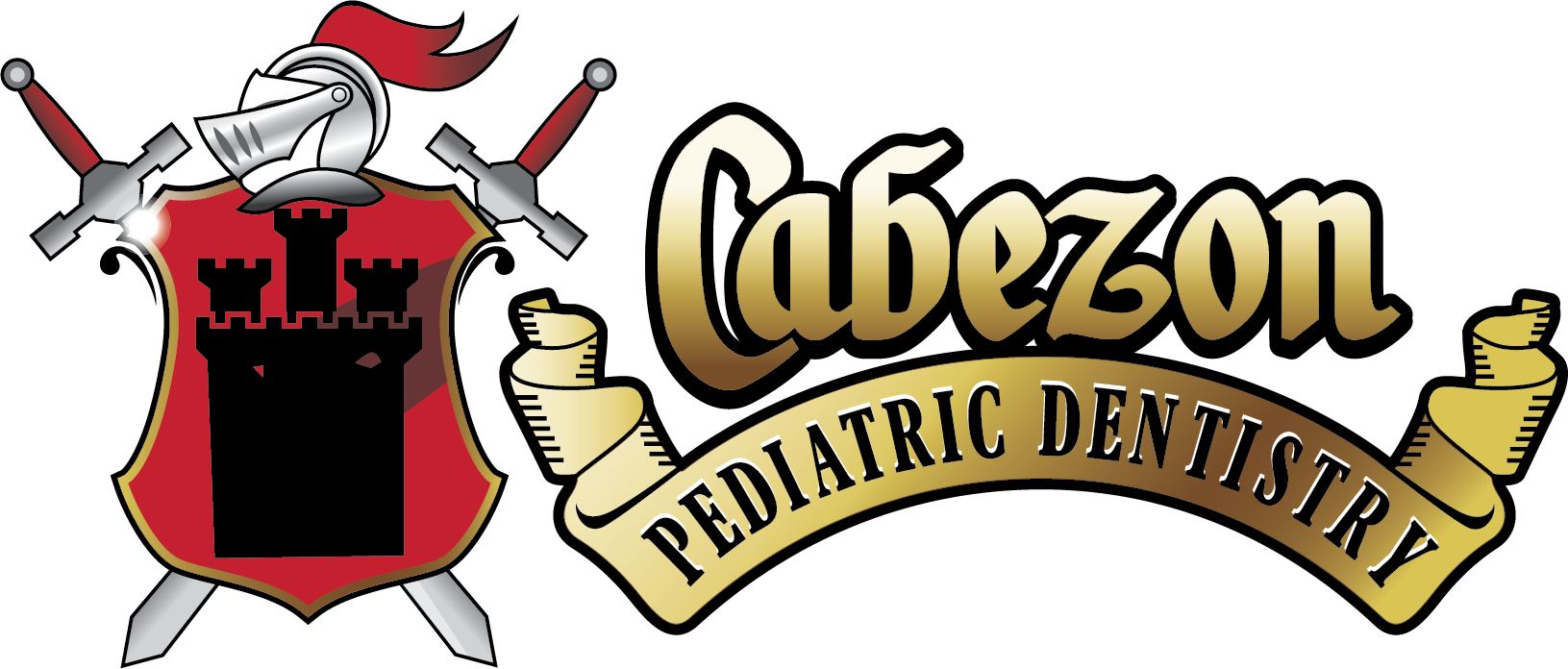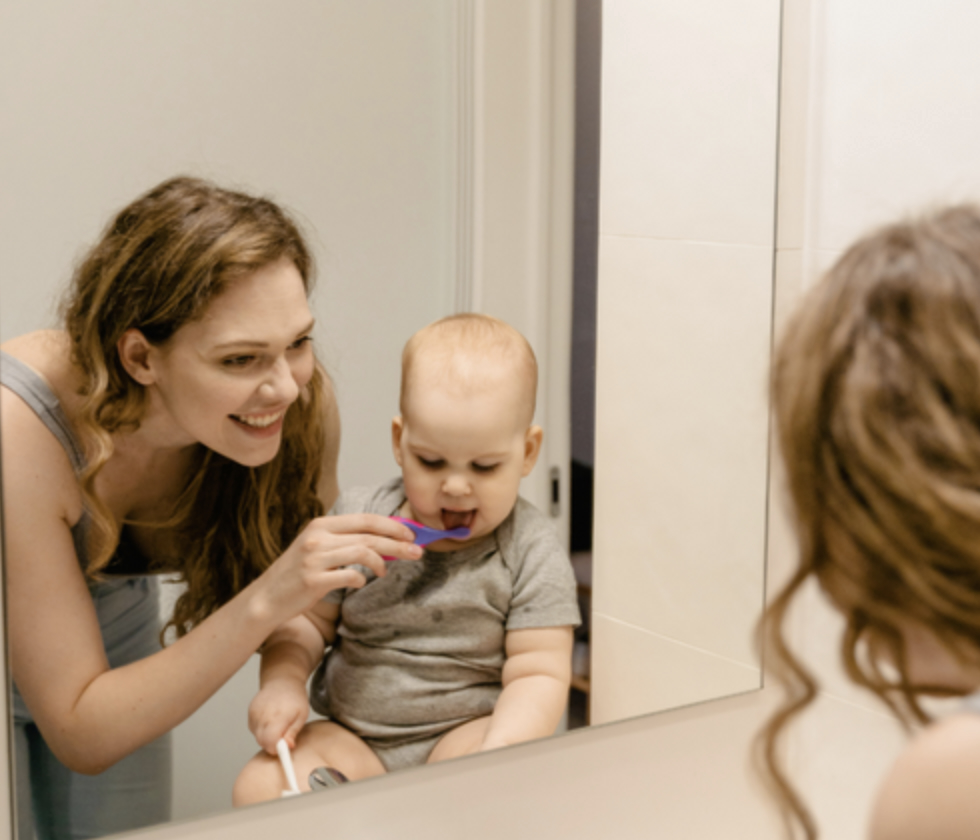While having a small child is a joy, that joy doesn’t always come without hard work.
You want to make sure your baby or toddler is eating the right foods, getting enough sleep and playtime, hitting their developmental markers, and more.
With this long list of things to help keep your child healthy and happy, it can be easy to overlook oral health.
After all, when they don’t even have more than a few teeth, does taking care of them really matter? They’ll lose their baby teeth anyway, right?
Unfortunately this isn’t the case. In fact, the idea that baby teeth don’t matter because they’ll lose them anyway is a widespread myth that could harm your child’s health.
Baby teeth are just as important as the permanent teeth they’ll get later in life. They’re just as prone to tooth decay, which can lead to pain, gum disease, and even a higher risk of heart disease and diabetes as your child grows older.
In addition to tooth decay, overlooking your baby’s oral health can cause them to lose their baby teeth early.
Since baby teeth are the placeholders for permanent teeth, premature loss of them can cause the permanent teeth to emerge in the wrong places, which makes it likely your child will need braces and other orthodontic treatments.
So, while there’s a long list of things to help you take care of your child’s health and wellbeing, dental care should be at the top of the list.
Luckily, oral health for babies can be simple, and even create more bonding time. Enjoy this guide on taking care of baby teeth and making it simple and fun while you’re at it.
When to Start Taking Care of Your Baby’s Teeth
So when exactly do you start worrying about oral health for your child? Technically, you should start when they’re born.
Even though infants don’t have teeth yet, their gums still need to be kept clean. Their gums can easily get irritated from the bacteria-causing sugars in formula and breast milk.
The teeth that are just slightly below the gums and haven’t yet erupted are still prone to decay without the proper care.
Starting oral care for your baby during infancy also helps them get more used to the routine, and likely to be less uncomfortable when tooth brushing begins.
When To Start Brushing Baby Teeth
Once your baby gets their first tooth, it’s time to begin a brushing routine. Once your baby has two teeth that touch, you can incorporate flossing.
Hold off on mouthwash until they’re around 6 years old, and able to use it without swallowing (unless your dentist recommends otherwise).
How To Brush Baby Teeth
While They’re An Infant
Until your child is ready to brush their own teeth, it’s up to you to be diligent in taking care of their oral health. With a little work this will become a habit before you know it, and it may even become a routine you both look forward to enjoying together.
Your infant will need quick oral care a few times a day. To keep their gums pink, healthy and comfortable, you’ll first want to make sure you’re wiping their gums, cheeks and tongue with a clean, wet towel after every feeding.
You’ll also want to help limit any bacteria buildup in their mouth by avoiding sharing utensils with them, and making sure they don’t fall asleep with their bottles in their mouth.
After Their First Tooth
Once your child’s first tooth appears, it’s time to get their first toothbrush!
For babies, many parents use a rubber brush that fits over their pointer finger. It has tiny rubber bristles that can help gently clean your child’s tooth and gums, and get to some hard-to-reach areas.
You can use this brush like you did the wet rag before your baby had their first tooth.
These brushes tend to be bacteria-resistant when kept clean, and don’t require toothpaste. Toothpaste should be saved for when your child is around 2 years of age, which is when a child should begin to brush their own teeth. At this age, they should be old enough to avoid swallowing toothpaste.
You’ll also want to check your toddler’s gums for any small spots of bleeding, as this may indicate some hygiene issues. Contact your dentist if you notice that your toddler’s gums are bleeding regularly after brushing.
Once They Have Two or More Teeth
The rest of your child’s baby teeth should grow in by around 18 months of age through 5 years of age.
Once they have two or more teeth that touch, you’ll want to add flossing once a day to your routine to help get the hard-to-reach areas where bacteria like to hide.
Since babies and toddlers have such small mouths, it could be more helpful for the both of you to use a small floss pick.
Around this time, you can also switch up their toothbrush.
When switching to a child’s toothbrush, make sure it has soft bristles for your child’s sensitive gums and teeth. Brush your child’s teeth with the brush twice a day, with a pea-sized amount of toothpaste by the time they’re 2.
At What Age Should Your Child See a Kids Dentist?
Regular dentist visits can help protect your child’s teeth and gums from developing any oral health issues, as well as fix any issues that might arise.
Your child’s first visit to a pediatric dentist should be within 6 months after their first tooth emerges. After this, they should visit for a checkup and cleaning twice a year.
We Make Your Child’s First Trip to a Dentist Fun
It can be scary for you and your child to go to a dentist for the first time. That’s why we do our best to make the process fun!
Children’s Choice features specialized dental care for infants. Along with that, our dentists are experts at helping your whole family feel safe and comfortable.
Taking care of your child’s baby teeth is critical to their overall oral health. With a simple daily brushing and flossing routine, you can make sure your child’s permanent teeth emerge as healthy and straight as possible.


